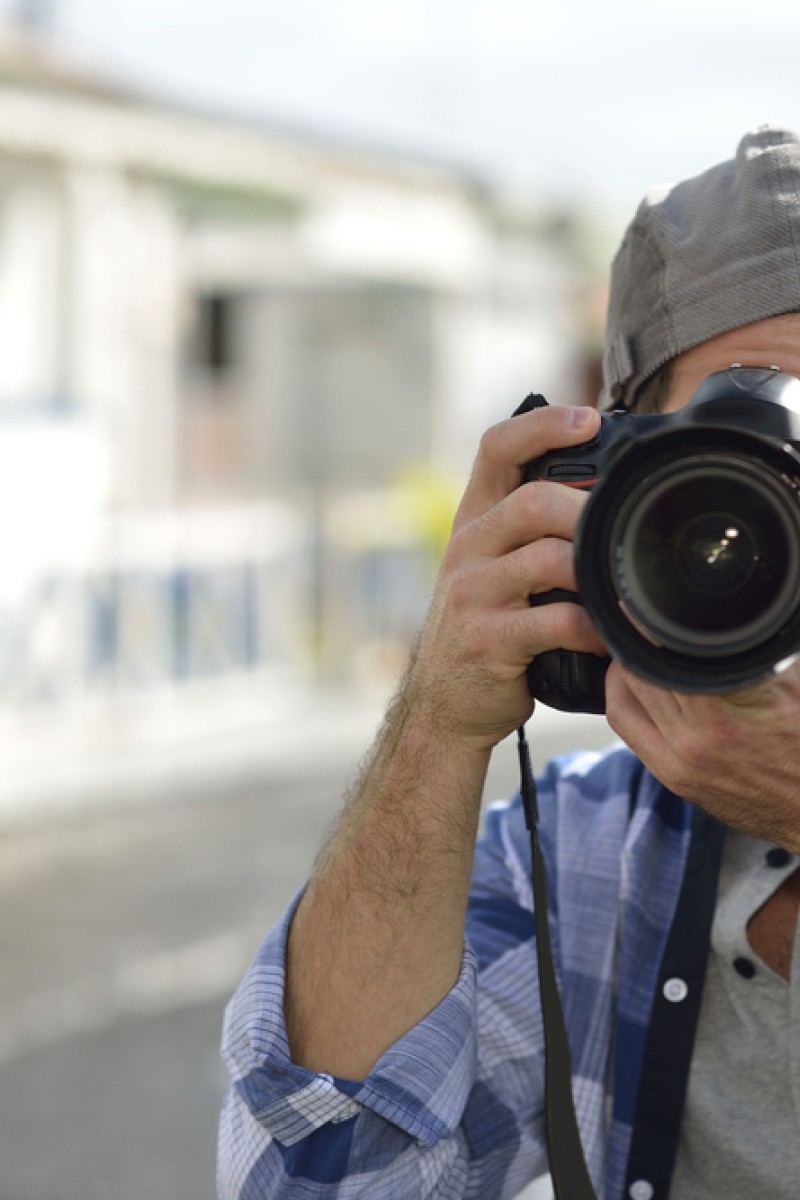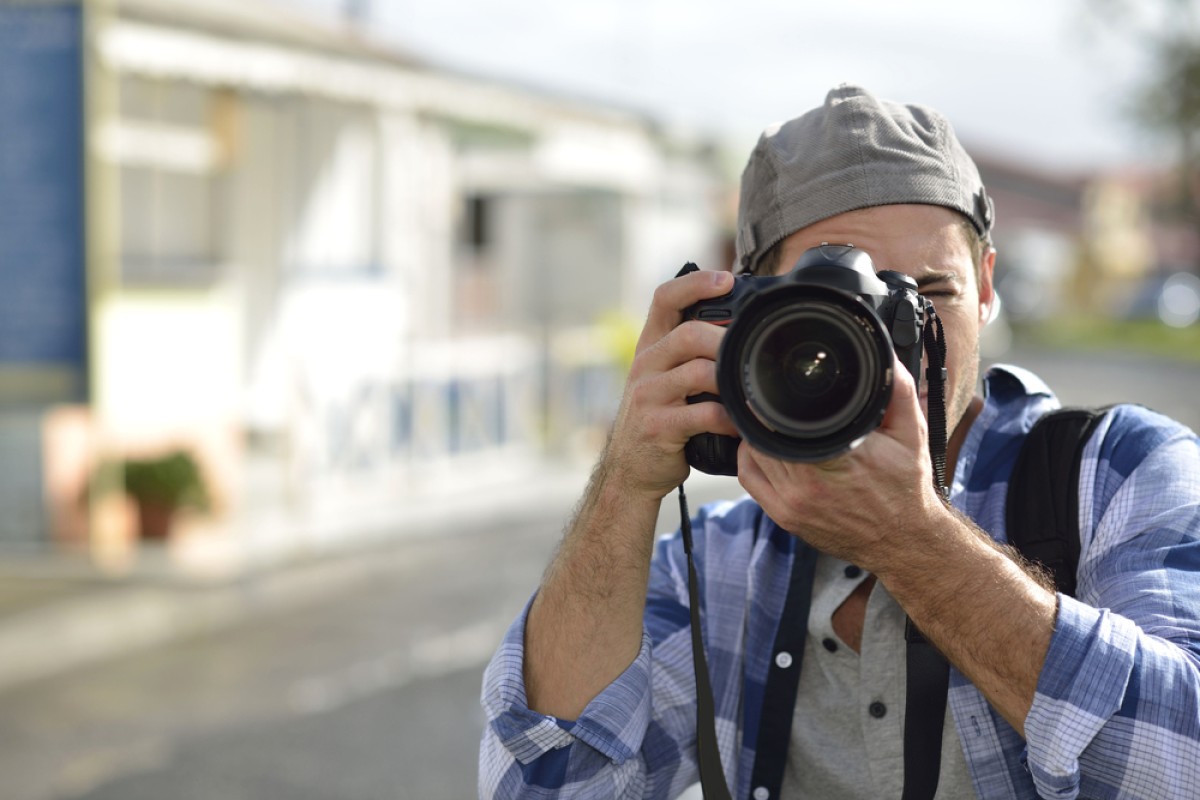
Photography tips from SCMP's Photo Editor

Taking photos for a newspaper is not like taking holiday pictures. The images you choose to accompany your article are the first thing your reader will see. They can make your text more compelling. Here is Yves' advice.
1. Before you even consider pressing any buttons on your camera, take a minute or two to observe your surroundings. Take notice of anything eye-catching, like the colours, interesting shapes or any other quirky subjects that will make your photo standout. By observing before shooting we lessen the chances of missing a truly incredible shot.
2. Next, choose an angle and take notice of how much light you have to work with. Don’t take too many pictures from one spot. Mix it up a bit, move around, and try different angles for variety.
3. Don’t go over-the-top and shoot too many photos. The more you take, the more you will have to go through and edit. A good photographer knows what he wants to capture before he presses the button.
4. Learn how to use a flash. On all occasions, even on a very sunny day, a flash will help you get more out of your subject. Used the right way open-flash photography could seriously help to improve your pictures.
5. If you want to use a zoom lens on an all-in-one camera, study its features first. While we may get excited about shooting a subject close up, a zoom lens has its drawbacks. Usually they feature a smaller aperture, which means a slow shutter speed is needed to allow in more light. Even the slightest hand movement will make your picture blurry. The best all-in-one cameras are the one with a short lens or a reasonably long one. Bet instead on the resolution which will always allow you big crops.
Remember that in order to print your image in Young Post we need it to be high resolution, around 300 DPI.
Vocabulary
long or zoom lens - A type of lens that magnifies views of small areas or objects.
aperture - the aperture is the opening through which light travels in your camera. Its size is adjustable. When one opens the aperture, more light has the opportunity to come through the lens. And when one closes it, less light can pass through it.
shutter speed - the shutter speed is the unit of measurement which determines how long shutter remains open as the picture is taken. Like the aperture, it is used to control the amount of light reaching the sensor. The slower the shutter speed, the longer the exposure time.
a crop, to crop - once your picture is taken, you can resize and crop it with softwares like Photoshop. When you crop an image, you remove the parts you don't want to use. Like Yves said, it can be a way to zoom and focus on a specific part of the picture.
resolution - resolution refers to the amount of information an image contains. Resolution is measured in dots per inch (dpi). The dots are the pixels that create the digital image. A resolution of 72dpi signifies that in each inch of the image there exist 5184 pixels (72 x 72). The higher the resolution, the better the quality of your image.